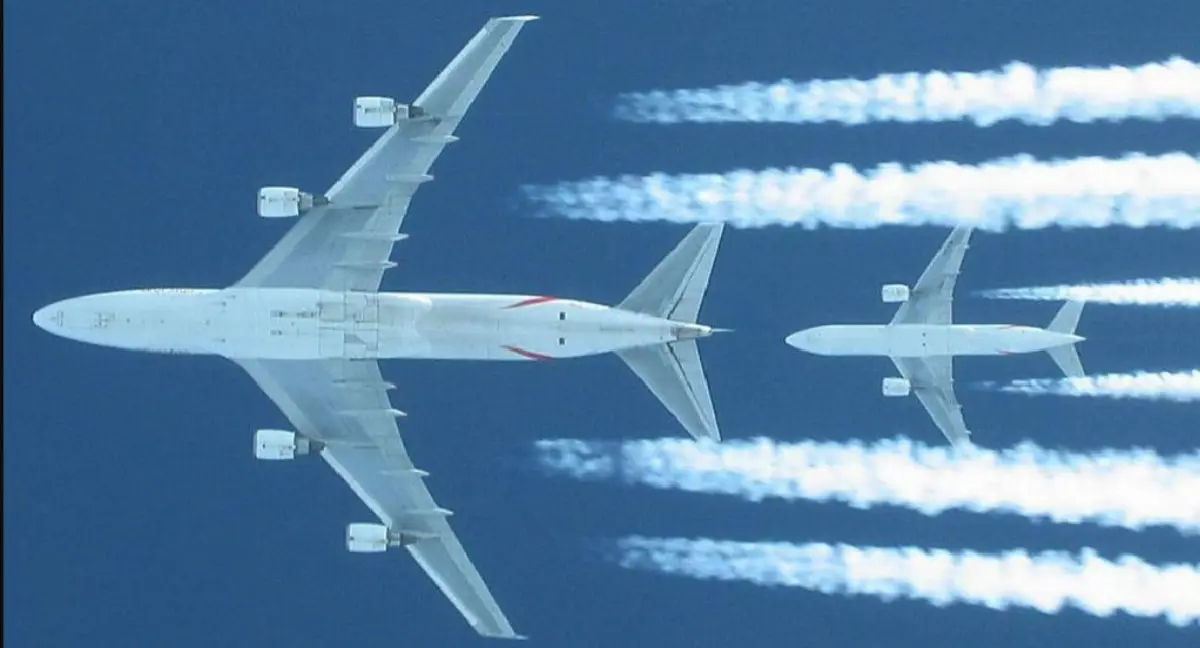
Do you want to access to this and other private contents?
Log in if you are a subscriber or click here to request service
Aircraft and transport. IATA: net-zero carbon emissions by 2050
During AGM approved a resolution to reach this goal

The International Air Transport Association (IATA) 77th Annual General Meeting (AGM) approved a resolution for the global air transport industry to achieve net-zero carbon emissions by 2050. This commitment will align with the Paris Agreement goal for global warming not to exceed 1.5°C. Achieving net zero emissions will be a huge challenge. The aviation industry must progressively reduce its emissions...
red - 1239385
AVIONEWS - World Aeronautical Press Agency
◄ Previous page
AVIONEWS - World Aeronautical Press Agency